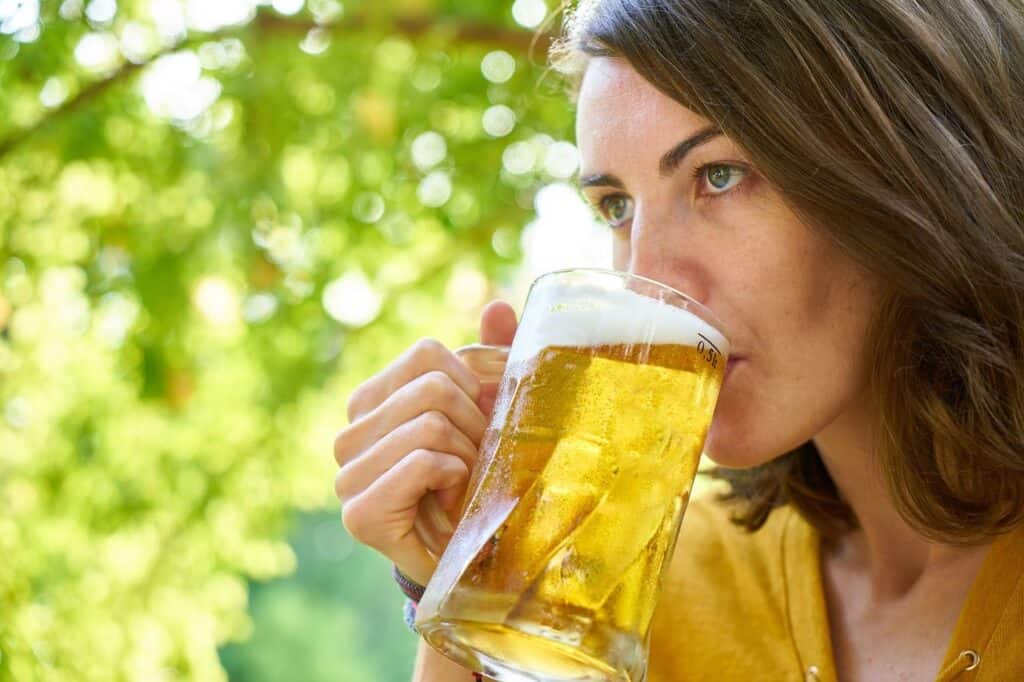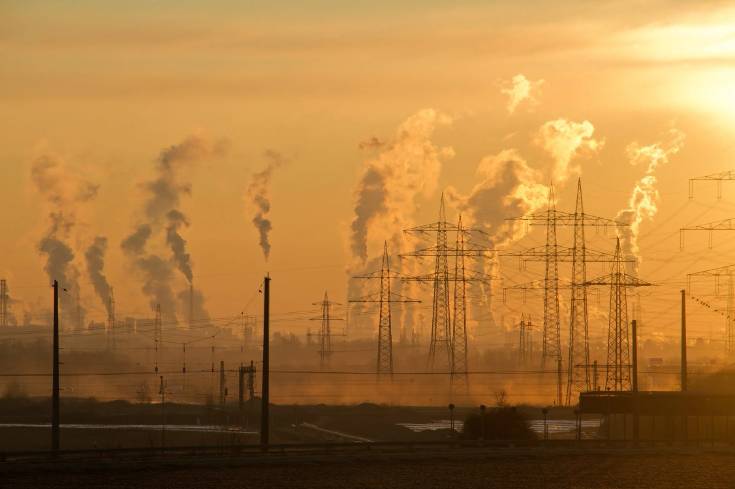
The future of beer, how it tastes and how it smells, is being threatened by a warming planet that is challenging its most important ingredients, water, barley and now hops.
Here’s the deal…
Americans consume more than 6 billion gallons of beer annually—about 80% of which is also produced here in the US. And plenty of clean water, barley, and hops are needed to meet this demand.
But according to Climate Central “each of these ingredients is facing different risks due to climate change.”
First of all, there’s no beer without water. It makes up 90%-95% of every bottle, can, or keg – and brewing requires five to six times more water than what ends up in each glass. Beer’s total water footprint extends well beyond the brewery and into the fields where barley and hops are grown.
Accounting for barley cultivation alone, the average water footprint of a pint of beer is about 44 gallons of water.
Unfortunately, climate change is contributing to nationwide changes in the quality and quantity of freshwater. Reduced snowpack and groundwater depletion further limit water supplies available for irrigation and brewing.

Barley is also a brewing essential part of the brewing process adding color, flavor and froth, as well as being key to a beer’s fermentation. But barley is also highly sensitive to extreme heat and drought, putting it at risk in a warming climate.
By the end of this century, heat waves and droughts brought on by climate change could occur every three years leading to barley destruction on a global scale and a roughly 16% drop in beer consumption compared to today.
And now researchers from the Czech Academy of Sciences are predicting a dire future for hops which could permanently alter a beer’s taste and aroma.
Lead Researcher Martin Mozny and team examined the yield and alpha hop content of 90% of European beer-hops-growing regions in Germany, the Czech Republic and Slovenia, from 1971 to 2018. Due to the warming climate the team found that, since 1994, those aromatic hops begin to ripen 20 days earlier and as a result, production in Europe has declined 178 pounds per acre annually.
That sobering discovery has led Mozny to predict “a drop of 4-18% in traditional aroma hops yield by 2050.”
“Since the cultivation of high-quality aroma hops is restricted to relatively small regions with suitable environmental conditions,” the team noted in the study which was published in the journal Nature Communications “there is a serious risk that much of the production will be affected by individual heat waves or drought extremes that are likely to increase under global climate change.”
Unfortunately the climate change clock is still ticking and so much more needs to be done to ensure a healthy beer future.
###
Need more things to worry about?
 American Craft Beer The Best Craft Beer, Breweries, Bars, Brewpubs, Beer Stores, And Restaurants Serving Serious Beer.
American Craft Beer The Best Craft Beer, Breweries, Bars, Brewpubs, Beer Stores, And Restaurants Serving Serious Beer.
